GRAY — Canoeing on the Saco River is a ritual for many Mainers. Yet a summer paddle on one of southern Maine’s largest rivers is frequently described with words like: crowds, parties and beer.
The portion of the Royal River that flows from New Gloucester to Yarmouth is described in a far different way by local paddlers.
“I think the most unique thing about the river would be that you feel like you are 100 miles away when you are five minutes from downtown Yarmouth and 15 minutes from Portland,” said Larry Lindgren, a Yarmouth artist.
Work over the past 10 years to conserve land along the river has created a wild water trail that’s rare in southern Maine, and some of the people behind this conservation effort now plan to do more.
The Royal River Conservation Trust owns three parcels along the river and is working on securing river access in other places.
And while the towns of North Yarmouth and Yarmouth together own several parks and preserves along the river’s banks, river advocates in Yarmouth are intent on protecting more land there.
“I don’t think by any measure the Royal River is overused. That’s precisely why we’re working to acquire more river access,” said Alan Stearns, the trust’s executive director.
Lindgren, a member of Yarmouth’s parks and lands committee, said the panel expects to add $50,000 to its newly designated land-acquisition fund after the sale of an old firehouse, bringing its total to $62,500. He said the committee plans on improving the river corridor with these funds.
“We did a survey in town six years ago and the residents of Yarmouth identified green and open space as something that was important to them personally. Green space is a priority. We are identifying areas that are precious and unique,” Lindgren said.
Meanwhile, the river’s fans want others to paddle it and experience its unique quiet.
Land along the river also has been protected by a dozen other agencies, such as the Maine Department of Inland Fisheries and Wildlife, the U.S. Fish and Wildlife Service and the Yarmouth History Center.
“We recently posted the land that is protected with the name of the preserve. If it’s not promoted, people don’t know it’s open space,” Lindgren said. “So if you’re paddling along the river, these parcels now say, this is a public land.”
From the headwaters at Sabbathday Lake in New Gloucester to the 600-acre Pineland Public Reserve Land, the river is narrow and the banks overgrown. But from the state’s public reserve land to the village of Yarmouth, the river flows along farm fields and forestland, with fewer than a dozen houses within sight.
A 16-mile paddle last week from New Gloucester to Yarmouth’s Royal River Park just above the river’s mouth reveals the lower half of the river to be largely undeveloped.
The forested tract of public reserve land, which abuts the Pineland Farms campus, lines the river for more than a mile. This section is ideal for hunting and fishing and fiddlehead picking, Stearns said.
“You can imagine you’re not in Greater Portland,” Stearns said. “It’s protected by steep slopes and flood plains.”
In North Yarmouth near the Route 231 bridge, paddlers pass Wescustogo Park, which has become home to a youth triathlon that is held each year by the town.
Two miles later, the river runs past Old Town House Park to the west and tiny Baston Park on the east shore, both offering river views, trails and grassy slopes to pull ashore and picnic.
In Yarmouth, the Royal passes Sweetsir Farm Preserve, and after a few more miles it runs past the Barker Preserve on the east shore and Sligo Road Preserve along the west side. Here, there’s not a house in sight.
In fact, in very few places along the 16-mile stretch can traffic be heard. Along most of the river the only sounds are of birds, wind and moving branches.
A large blue heron passed last week’s canoe flotilla twice, and a cormorant managed to stay just ahead of the group for several miles.
“It’s unique and special. I look at this river as a greenway, a recreational corridor. I’d like for the future to keep the river in this natural form,” Lindgren mused.
Lindgren often brought his children to the river when they were young, enjoying the solitude on regular summer paddles. He bikes it in the winter on studded tires when the ice is thick.
He enjoyed seeing it in springtime last week, with the trees bare, exposing vast tracks of conserved land.
As the river approaches Yarmouth, it finally begins to look like an urban waterway, with houses, backyard furniture and businesses along the shore.
The town’s Royal River Park is another preserved parcel, but a more manicured one. The Yarmouth History Center is located here next to the town boat launch. The center explains the history of the Royal River, how its uses have changed and its beauty has returned. More than a century ago, it was the location of four major shipbuilding yards before it became a waterway jammed with mills and textile factories.
Now it’s again a place of open land.
“At one time there were mills passing through different ownership along this stretch of river producing pulp, leather, cotton. Just imagine all the smells and sounds. It was much different. Now it’s used for paddling,” said Amy Aldredge, the Yarmouth Historical Society director.
Copy the Story LinkSend questions/comments to the editors.


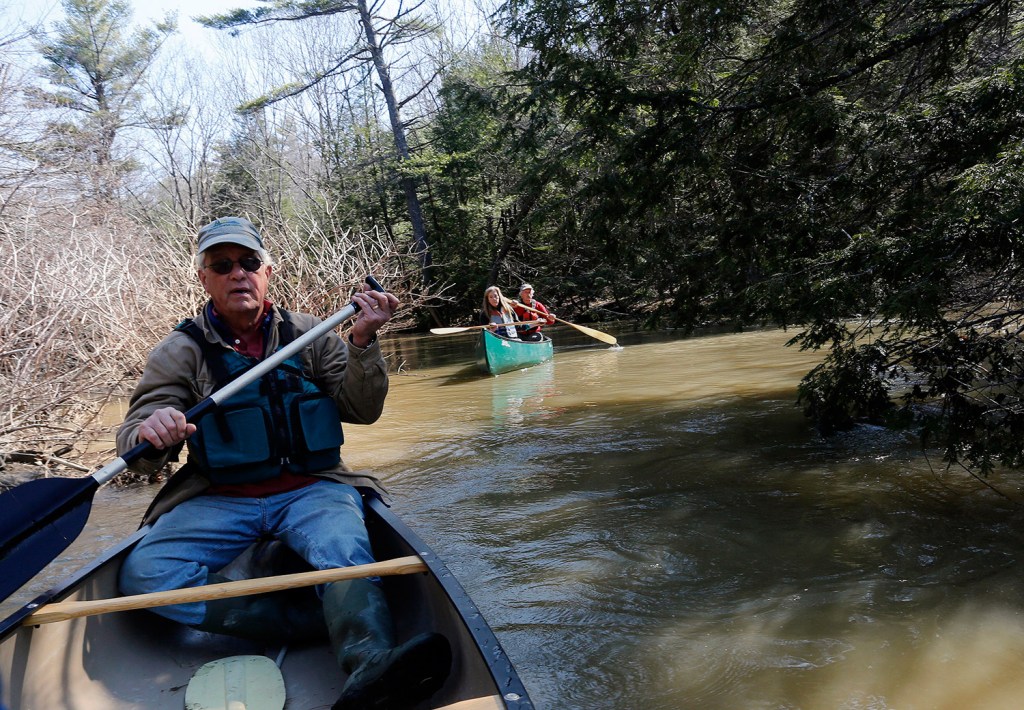
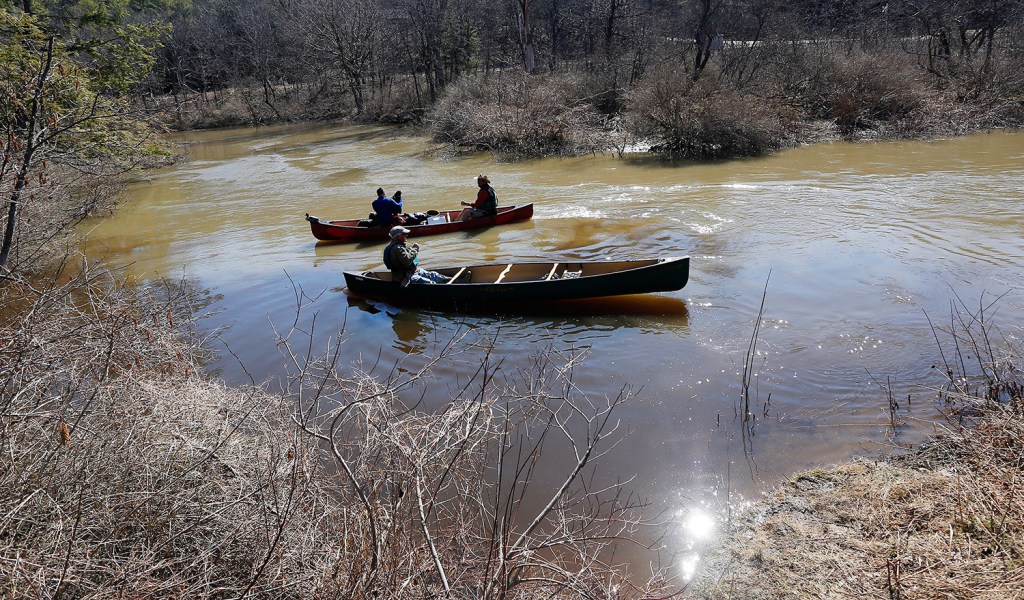
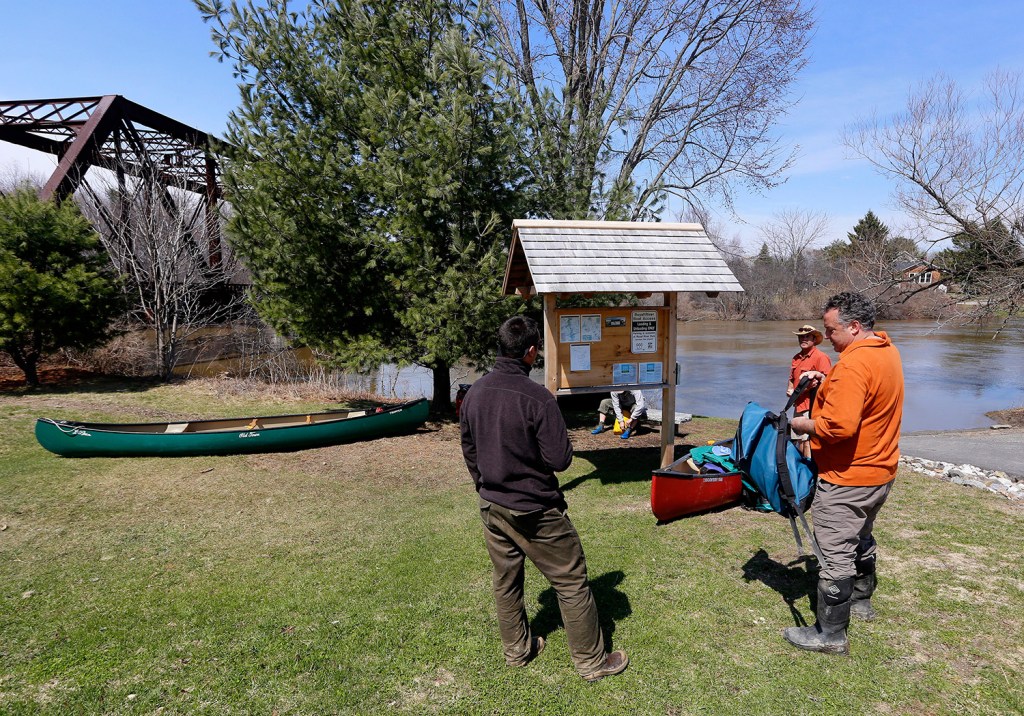
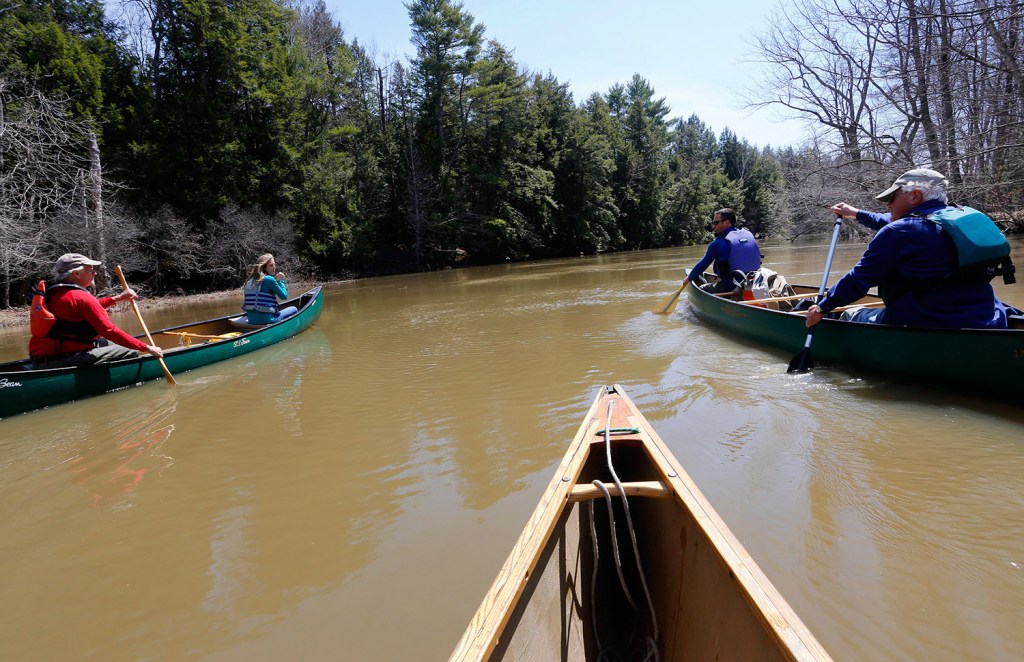
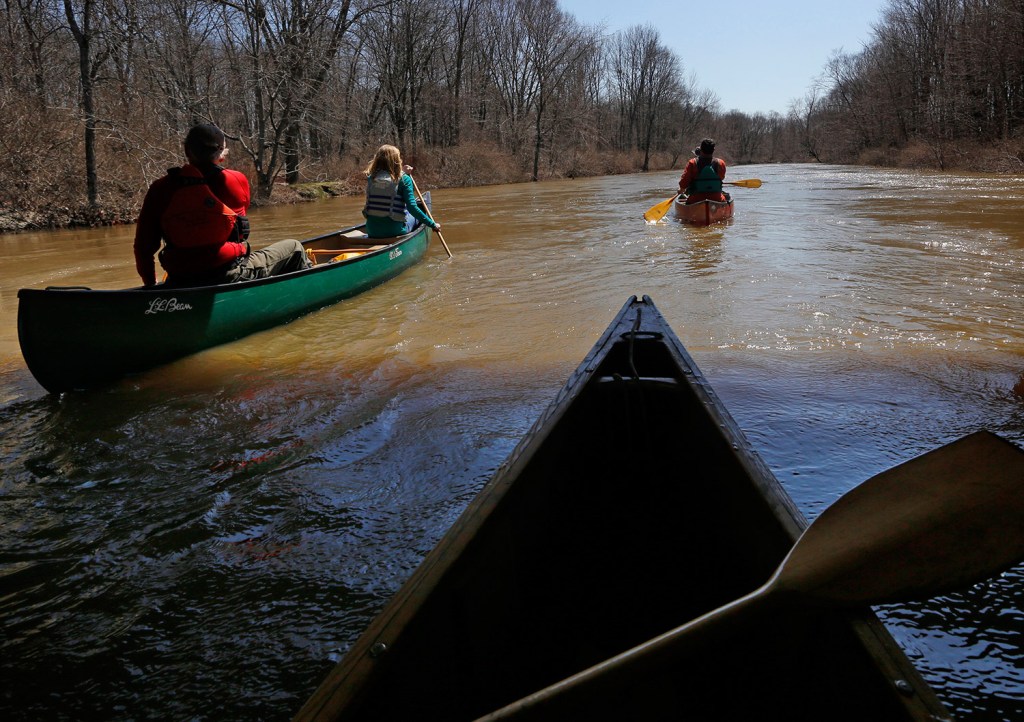
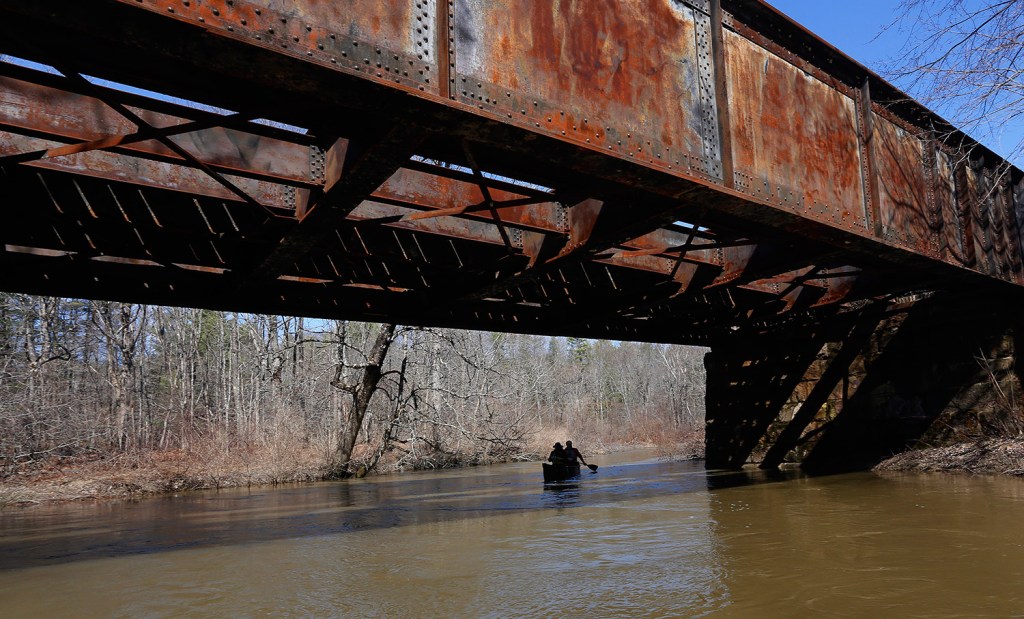
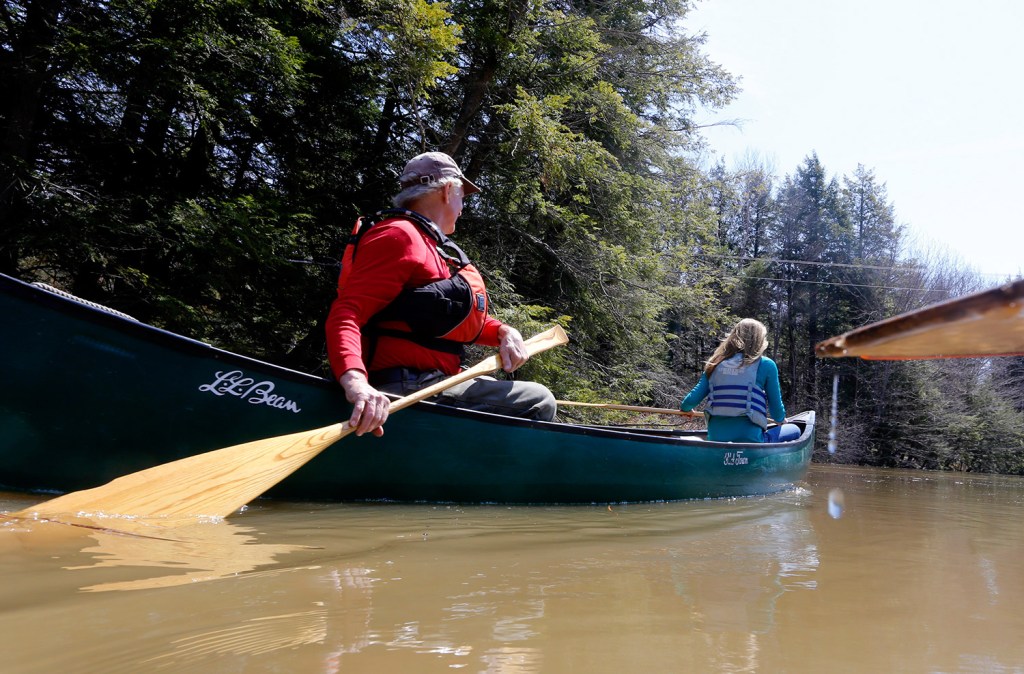
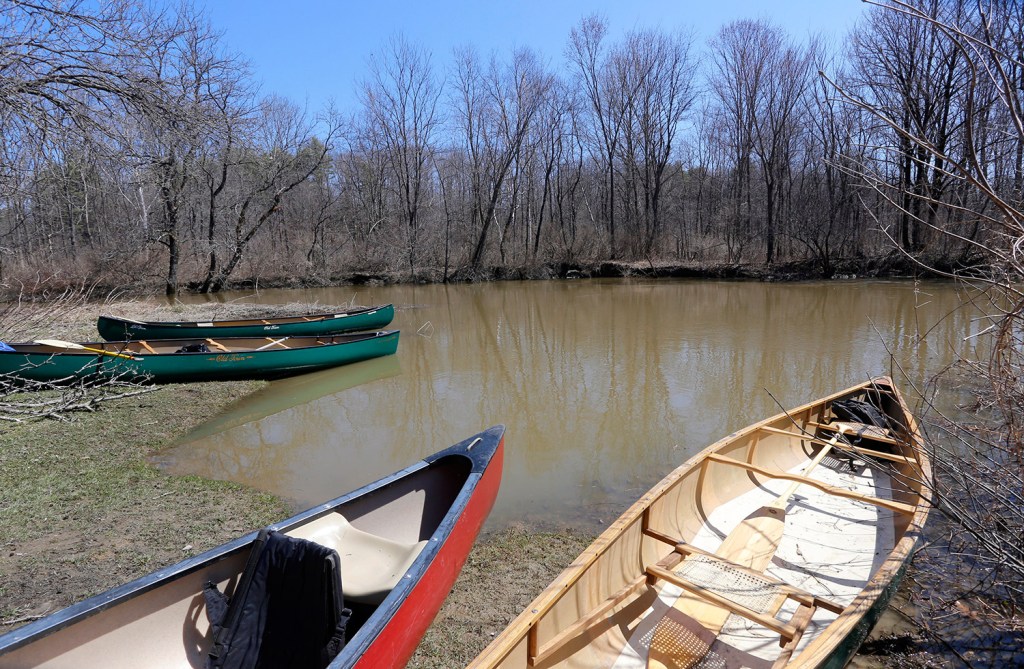

Success. Please wait for the page to reload. If the page does not reload within 5 seconds, please refresh the page.
Enter your email and password to access comments.
Hi, to comment on stories you must . This profile is in addition to your subscription and website login.
Already have a commenting profile? .
Invalid username/password.
Please check your email to confirm and complete your registration.
Only subscribers are eligible to post comments. Please subscribe or login first for digital access. Here’s why.
Use the form below to reset your password. When you've submitted your account email, we will send an email with a reset code.